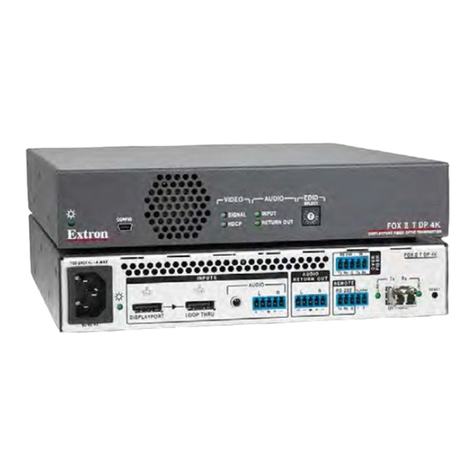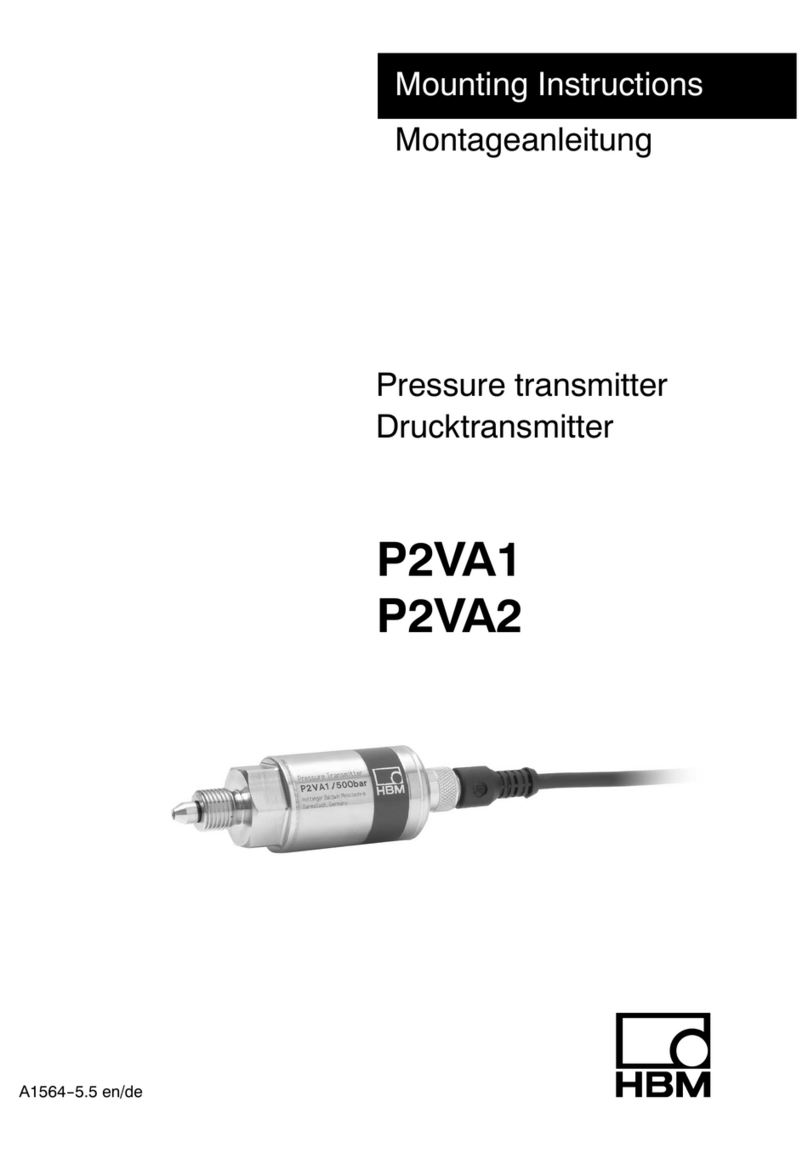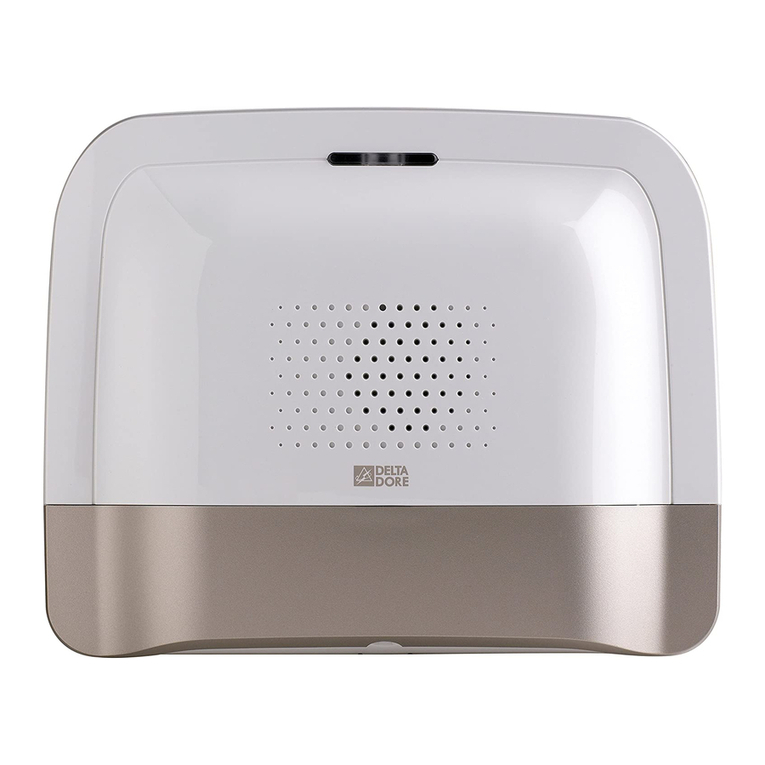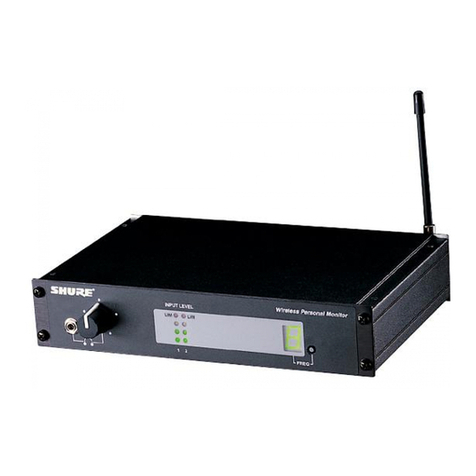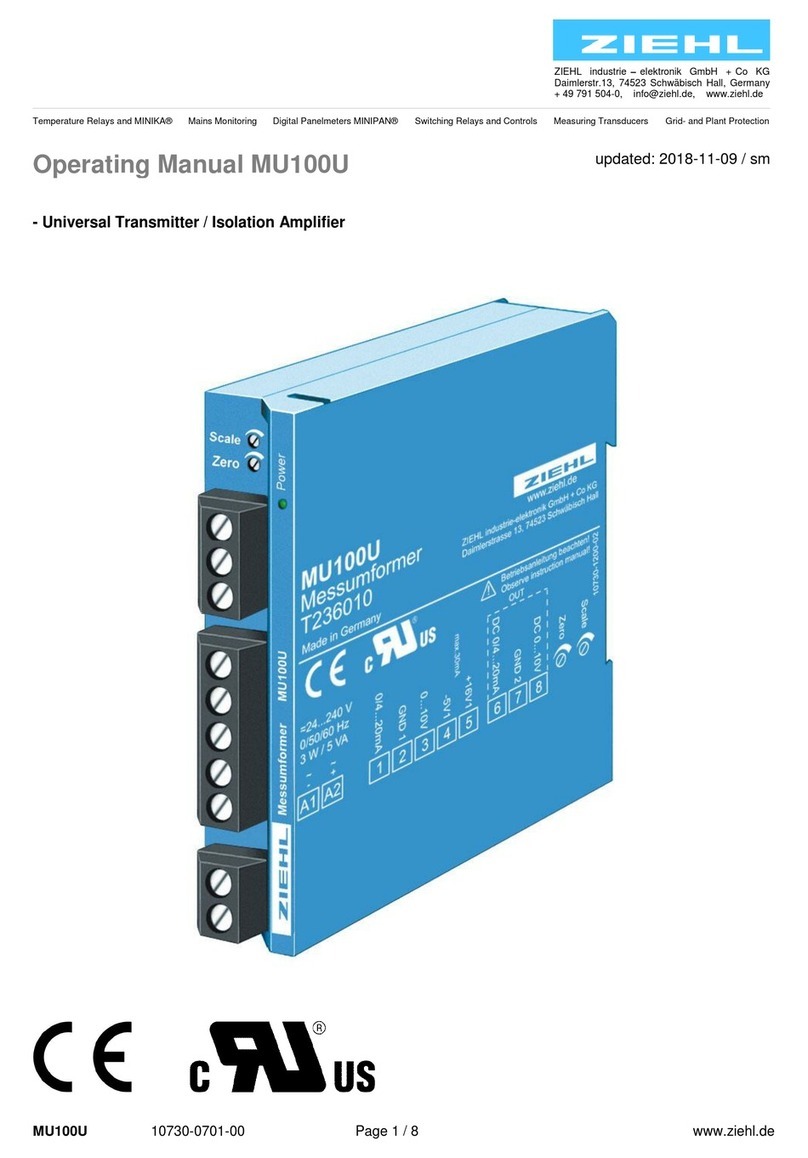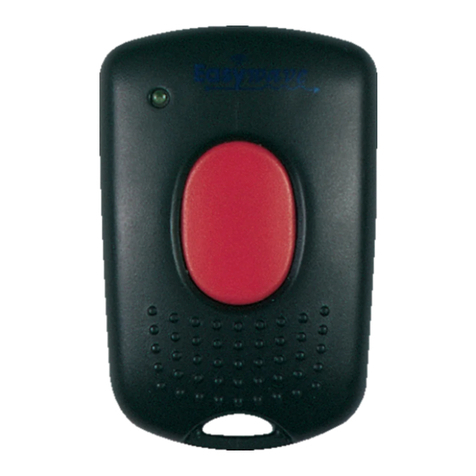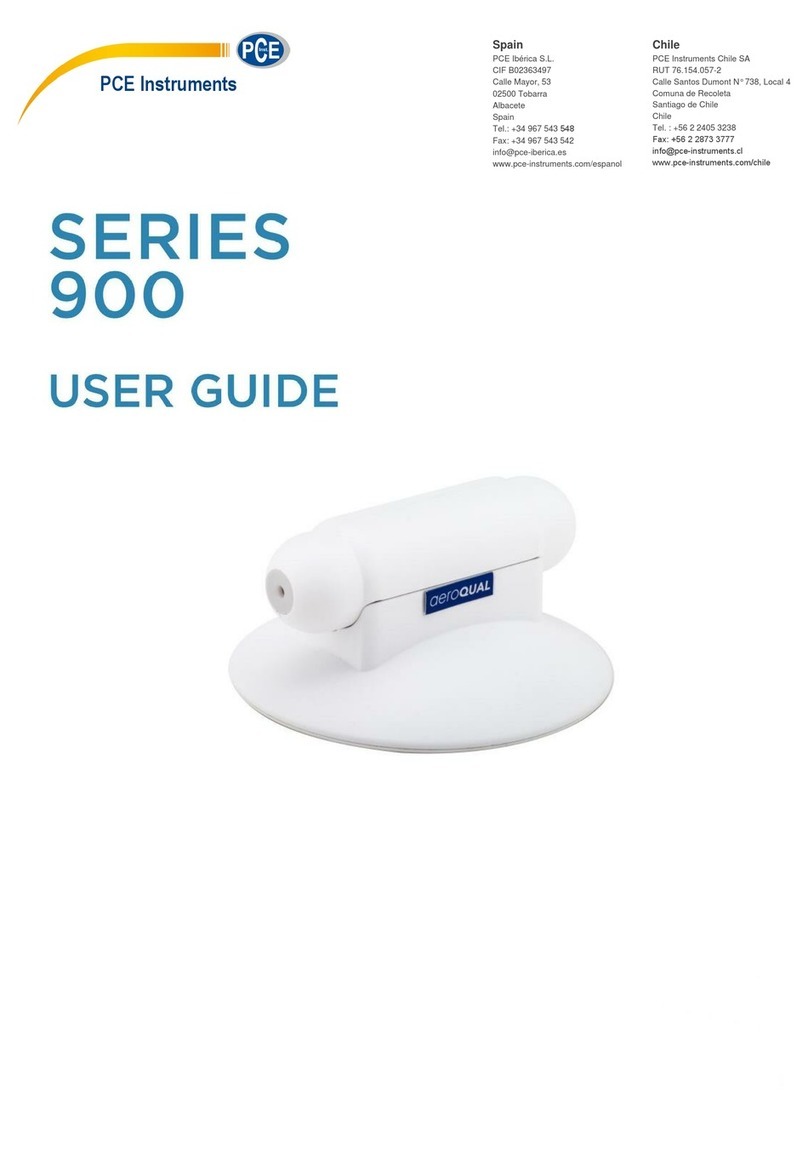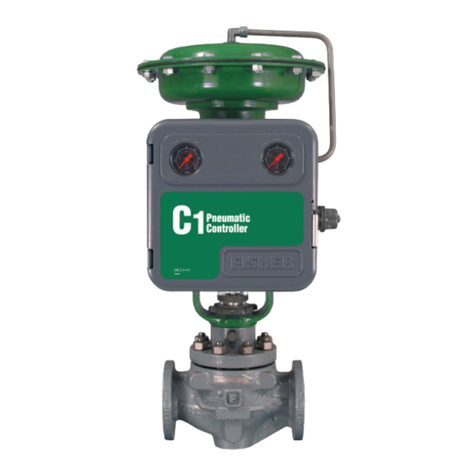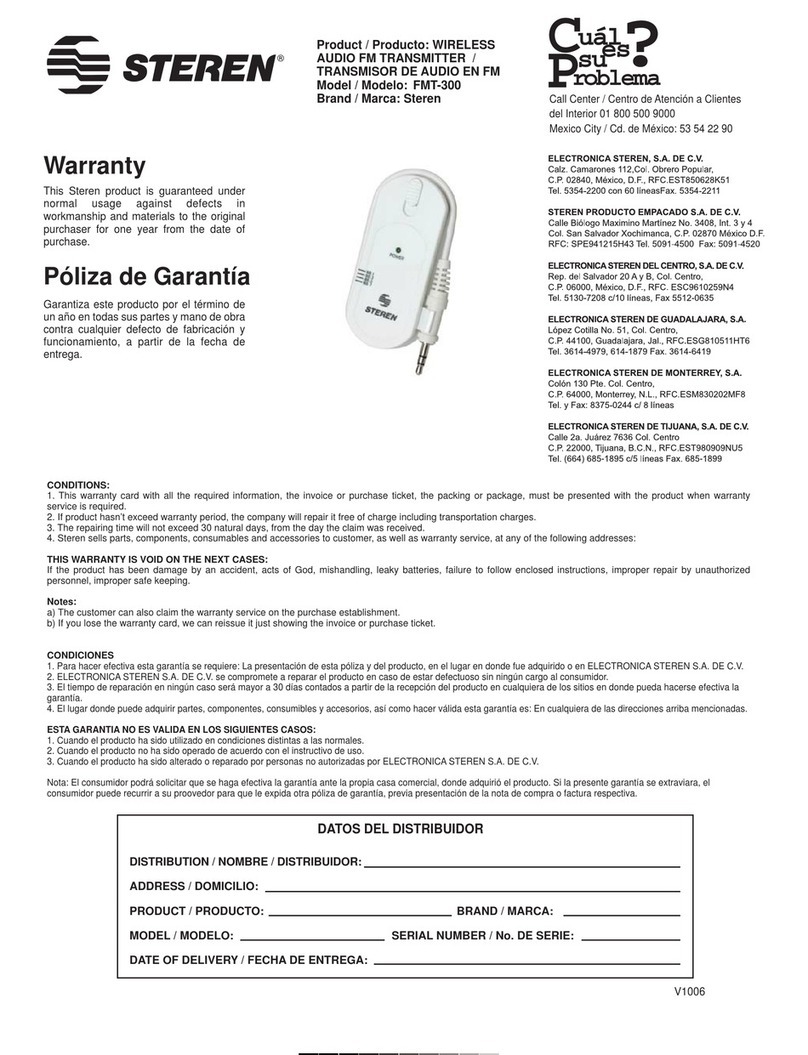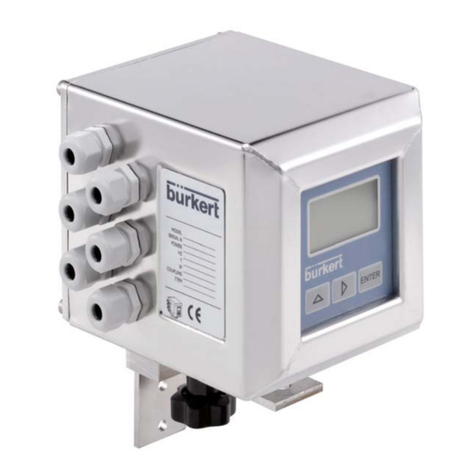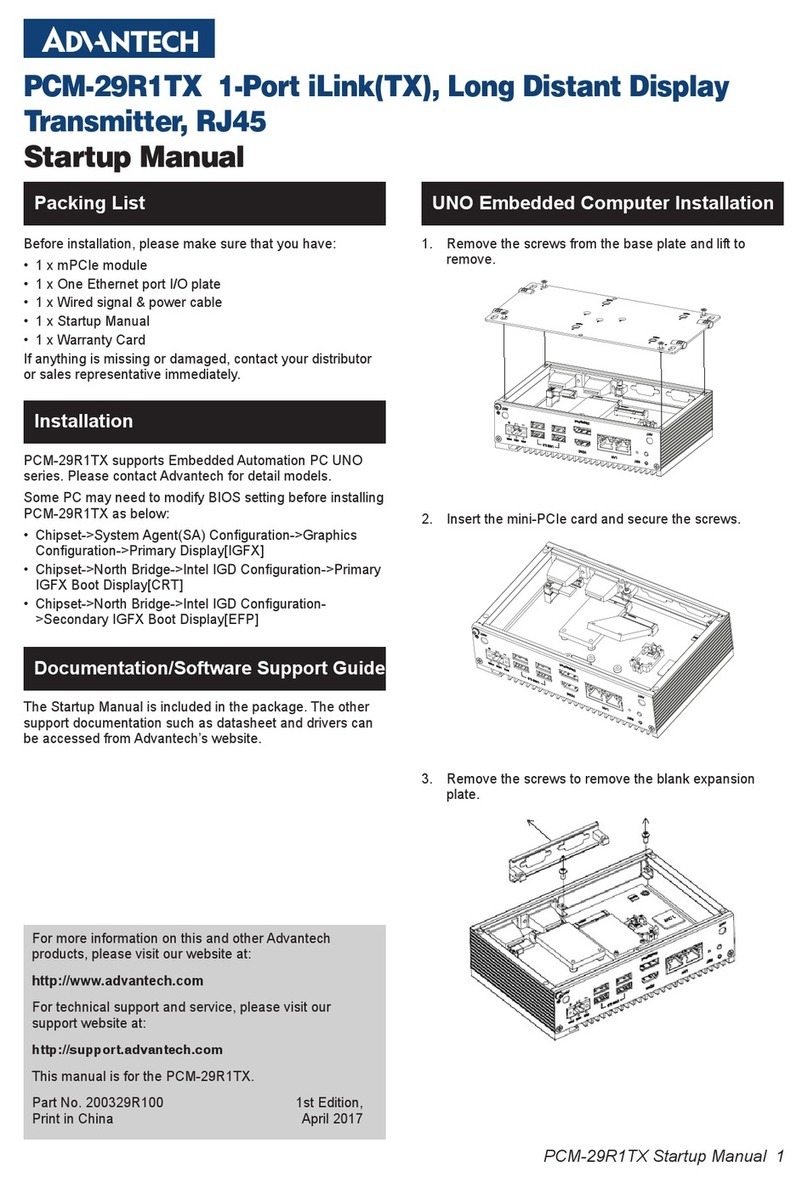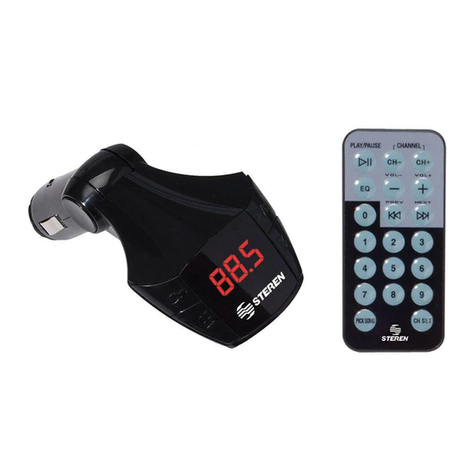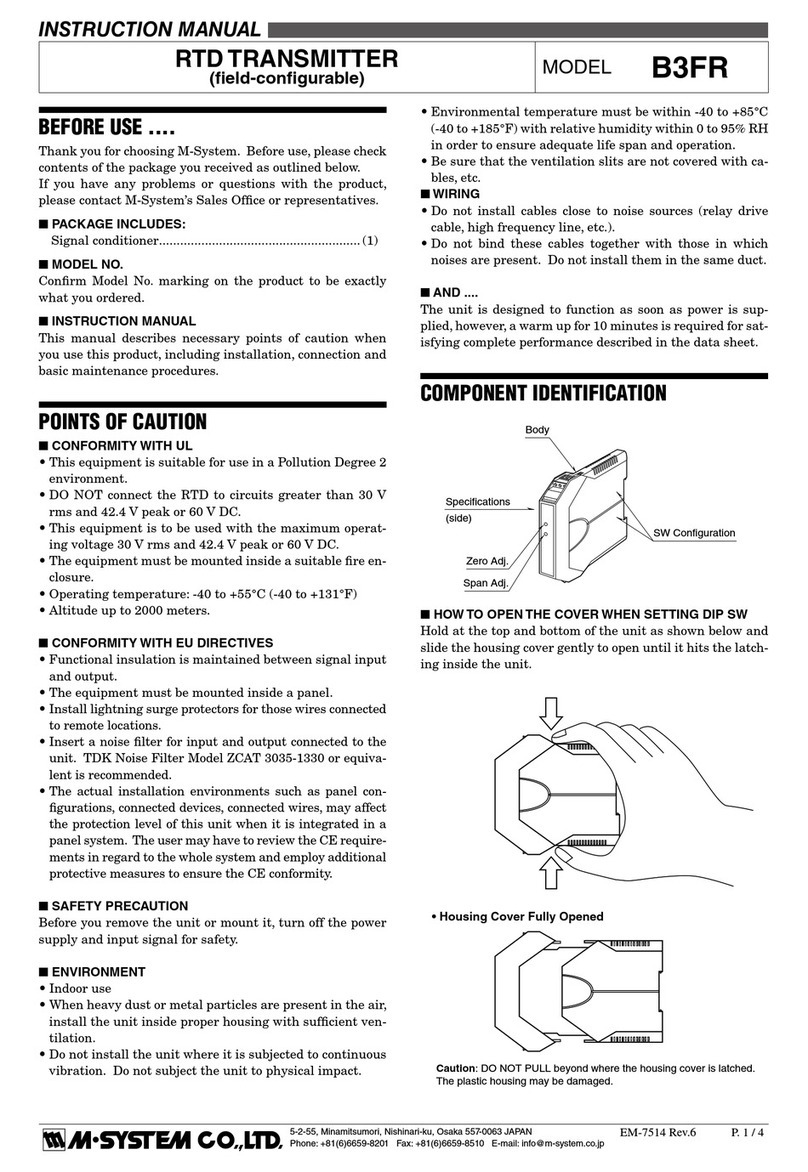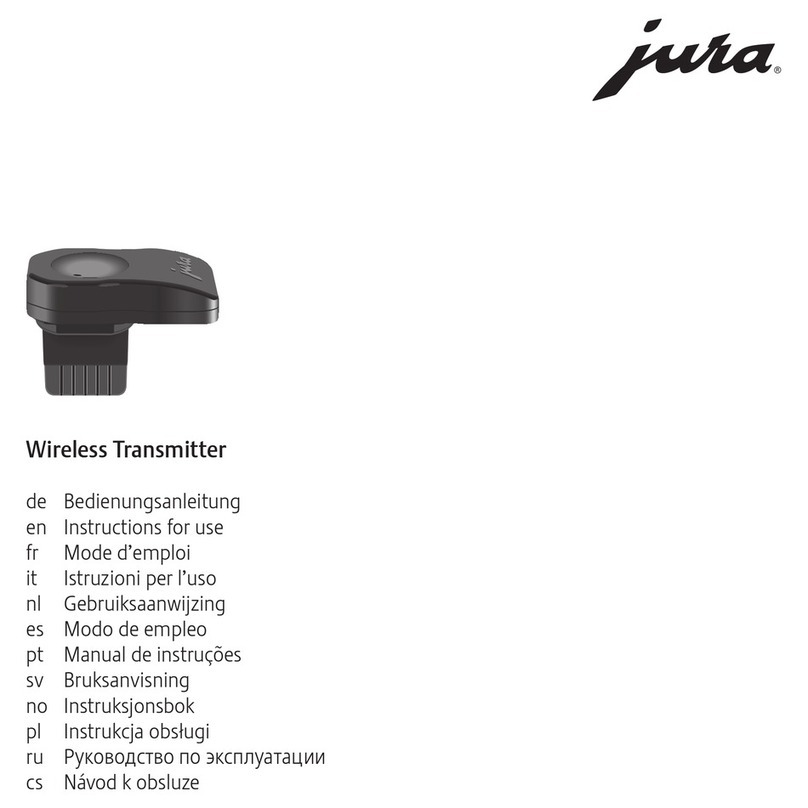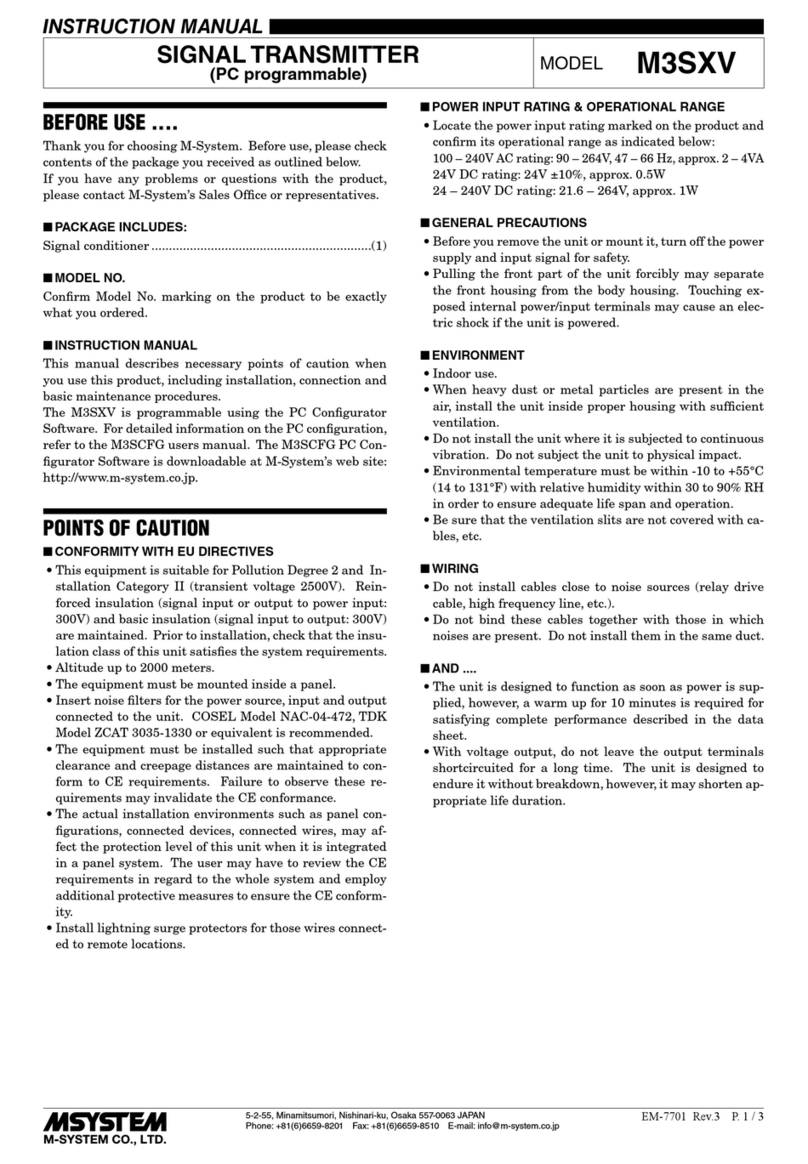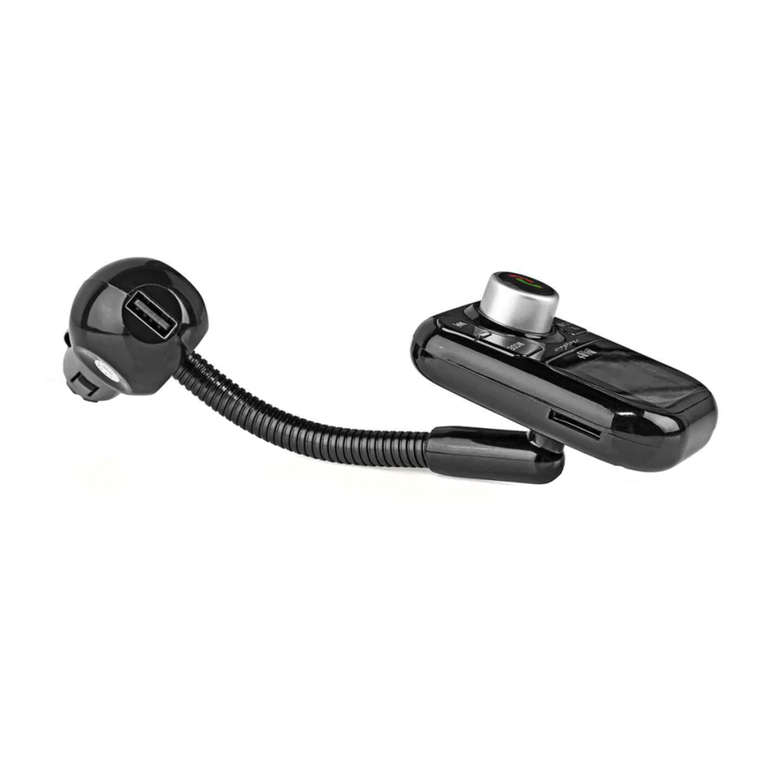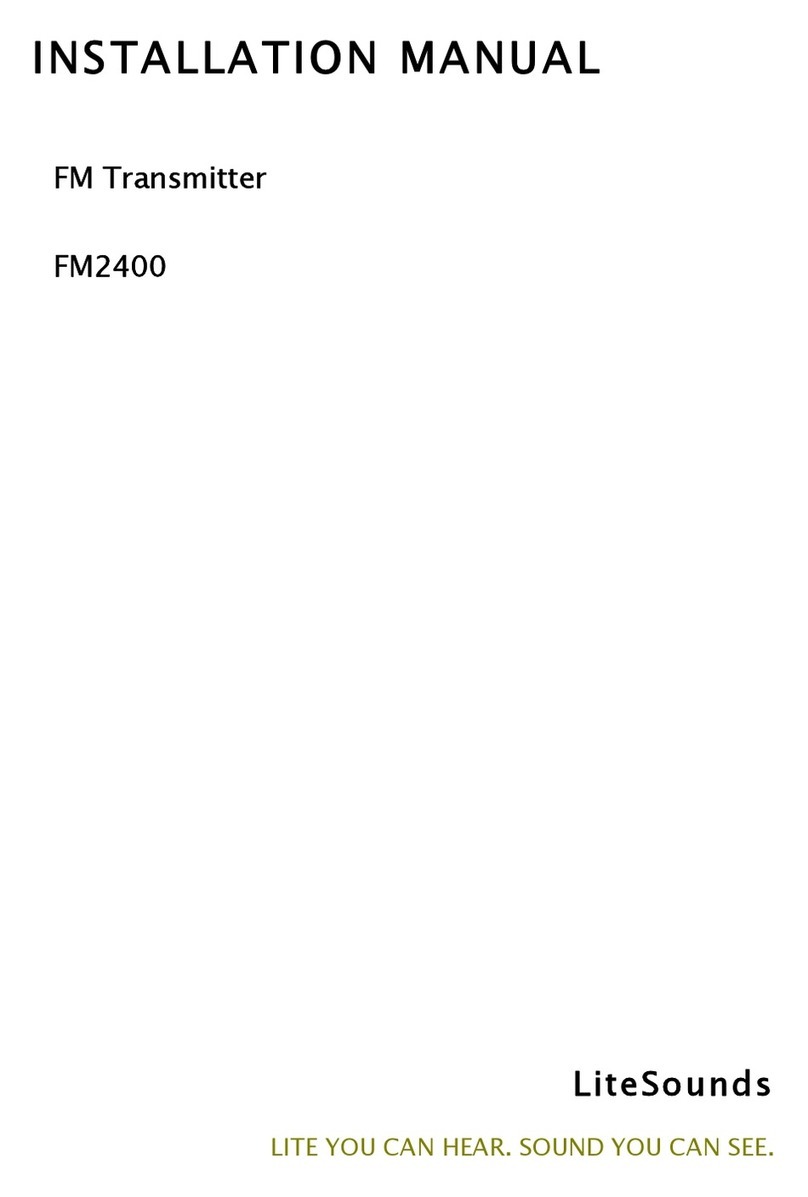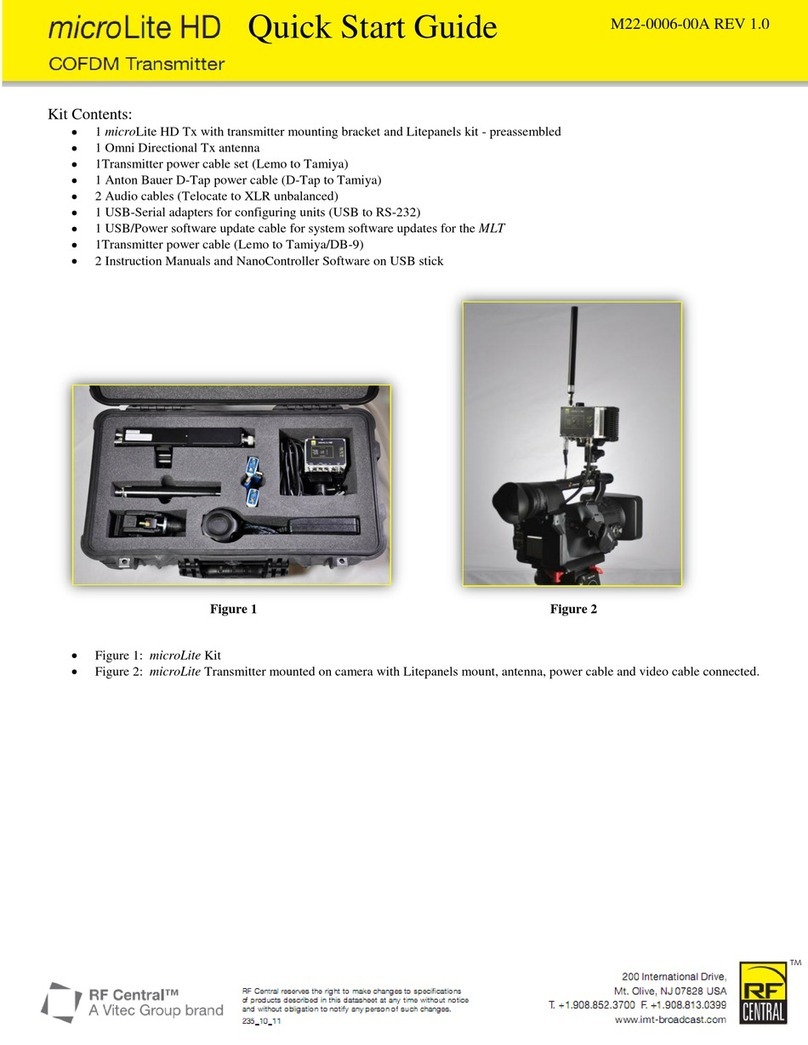SDT International SDT 8 User manual

SDT 8 - User Manual 1
SDT International
Ultrasonic multi-
transmitter
Type SDT 8 and SDT 8 Multisetting
User manual
Aim of the manual
This manual is directed to anybody who wishes to use
an ultrasonic transmitter in the framework of ultrasonic
inspection. This transmitter should work linked to an
appropriate receiver, such as the SDT 150, the SDT 170
or the SDT Sherlog.
This manual contains information on:
•how to operate the equipment ;
•possible faults ;
•characteristics ;
•the principle of ultrasounds.
The information relating to the declaration of
conformity of the European Community, to the
guarantee, package, to areas of use and
recommendations for use are also included.
Contents
Declaration of conformity........................................................... 2
Guarantee................................................................................. 2
Package.................................................................................... 2
Using the multi-transmitter ........................................................ 2
Recommendations .................................................................... 3
1. GENERAL PRESENTATION..............................4
2. IMPLEMENTATION............................................5
The position of the multi-transmitter.......................................... 5
Powering “ON”........................................................................... 5
Measurements .......................................................................... 5
Powering “OFF”......................................................................... 5
Recharging the battery.............................................................. 5
3. APPLICATIONS..................................................7
Navy.......................................................................................... 7
Aeronautics ............................................................................... 7
Automobiles .............................................................................. 7
Trains........................................................................................ 7
Buildings.................................................................................... 7
4. SDT 8 MULTISETTING.......................................8
5. OPERATIONAL PROBLEMS.............................9
Ultrasonic sensor ...................................................................... 9
Battery....................................................................................... 9
Control fuse............................................................................... 9
6. TECHNICAL CHARACTERISTICS ..................10
Transmission characteristics................................................... 10
ON/OFF switch........................................................................ 10
Supply..................................................................................... 10
Others ..................................................................................... 10
7. ANNEXES.........................................................11
The ultrasounds ...................................................................... 11
Propagation laws of the ultrasounds ....................................... 11
The bi-sonic mode................................................................... 11
Detection of a leak by ultrasound in an enclosed space.......... 12
The advantages of the SDT 8 ................................................. 12

2 SDT 8 - User manual
Declaration of conformity for
packaging in the European Union
The manufacturer
SDT INTERNATIONAL S.A.
Boulevard de l’Humanité 415
B - 1190 BRUSSELS
declares that the product
Ultrasonic multi-transmitter type SDT 8
being the object of the declaration, conforms with the
fundamental descriptions with regard to safety stipulated in the
CEM 89/336/EEC directive.
The equipment carries the conformity label .
To implement the safety prescriptions stipulated in the Directive
as well as possible, the following standards were taken into
consideration:
- the SDT 8 does not emit any electromagnetic waves (EMC);
- the SDT 8 is immunised against transmissions of external
electromagnetic waves (EMI);
- the SDT 8 is protected against electrostatic discharges
(ESD).
Note : The owner of the equipment is obliged to keep this
manual throughout the entire life of the device and to pass it on to
the new buyer if it is resold .
Brussels, 2 January 1996.
The Manager.
Guarantee
SDT International guarantees the SDT 8 against all
manufacturing defects during a period of two (2) years from
delivery, with the exception of the battery which is guaranteed for
a period of six (6) months. The guarantee covers the whole of the
equipment and consists of the free replacement of any defective
parts, due to either material or constructional defects.
This guarantee is cancelled if the product is damaged by
incorrect use or by accident, if the product is changed or altered
in whatever manner or if attempts to repair or open the product
are made without the permission of the SDT.
In the event of a defect, contact your SDT representative or the
SDT International company itself.
Under no circumstances can the SDT International company be
held liable for any financial, material or time loss, any corporeal or
other damage, resulting from loss of data, of any defect
whatsoever of the SDT 8 equipment or of any connected
equipment, even if it was informed of the possibility of damage.
Opening the unit without the permission of SDT International will
result in the cancellation of the guarantee and service.
Package
The package includes following items:
1 - a multi-transmitter type SDT 8;
2 - a first gel lead-acid 12V - 1.2 Ah battery;
3 - a 220 V - 0.3 Ah charger;
4 - a case;
5 - a leathern bag;
6 - a second gel lead-acid 12 V - 1.2 Ah battery;
7 - an adapter;
8 - a screwdriver and a user manual (not shown).
1
2
3
4
5
6
7
The set of elements supplied
Using the multi-transmitter
This ultrasonic multi-transmitter is designed for detecting
openings in constructions or industrial products. It must work with
an ultrasonic receiver such as the as the SDT 150, the SDT 170
or the SDT Sherlog by applying the “Transmission-Reception”
method laid out in chapter 3 ‘Applications’. It must only be used
for this function, to the exclusion of all others.
We advise you to read this manual very carefully and to
implement the restrictions stated.

SDT 8 - User Manual 3
Recommendations
This manual must be read attentively before the equipment is
used and by any person likely to use it.
The multi-transmitter
•must be used with an appropriate SDT receiver;
•must be used outside any classified zone, due to the
absence of certificate for intrinsic and fireproof safety;
•must be used away from discharge of water and must never
be immersed.
It is important to prevent any foreign bodies entering the
ultrasonic sensors, such as grease, dust, etc. The use of
waterproof sensors is therefore obligatory;
•must be used within hygrometric and temperature limits
stipulated in the technical characteristics;
•may be used with a connected battery charger. The operator
must therefore respect the precautions linked to the use of
live equipments (conformity of connectors, state of cables,
authorisation, etc.).
The battery
It is a sealed, lead-acid battery. Therefore:
•short circuit of the terminals is dangerous;
•the battery must not be discarded onto a flame;
•recharging in a sealed box is prohibited due to gas leaks
(hydrogen);
•all mechanical shocks able to break the box may adversely
affect the life of the battery;
•in the case of electrolyte coming into contact with the skin,
rinse the contaminated area immediately with water;
•recharge the unused battery pack every three (3) months.
Operator security
•there is no likelihood of direct consequences for the hearing
capacities of the operator;
•the operator will take the necessary precautions when using
the multi- transmitter in areas where risk of falling exists (open
premises, working high- up, etc.);
•the operator will be particularly vigilant when entering or
staying in confined zones (holds, silos) where risks of
suffocation or lack of oxygen are possible.
Destruction of the equipment
When the SDT 8 becomes obsolete, the internal battery must
first be removed from the equipment. The battery will then be
given to a company specialising in the destruction of this type of
component.
The box and the other internal components can be scrapped.
The local legal regulations take precedence over this text and
must be respected scrupulously.

4 SDT 8 - User manual
1 - General presentation
ON OFF
U
SDT 8
1
1
2
3
4
5
SDT 8 general view.
The SDT 8 is an ultrasonic transmitter. It comes in the form of a
box 160 x 100 x 95 mm. Equipped with a lead-acid battery, its
weight is 1500 grams. The range of temperatures for use is from
-10 C to +50 C.
NB: in some cases, the equipment may be used down to a
temperature of -25 C, as long as the equipment is not used for
more than 15 hours at a time.
1. The ultrasonic sensors
Eight sensors are laid out in the equipment in a such way that
they transmit in the volume of a hemisphere.
Each ultrasonic sensor is frequency and power stabilised.
The transmission frequency is 39.2 and 39.6 kHz (bi-sonic mode)
for a power of 125 mW.
2. Indicator
A red indicator integrated in the ON - OFF switch shows whether
the equipment is switched on and the charge level of the battery
according to the following code:
Indicator Equipment
On - Equipment switched on.
- Battery charge correct.
Flashing - Equipment switched on.
- Battery charge incorrect.
The speed of the flashing increases
as the charge decreases.
Off - Equipment switched off or
- Battery charge insufficient.
3. The ON-OFF switch
Located at the base, this switch enables the equipment to be
switched on (ON position) or stopped (OFF position).
4. The charge plug
Marked LOAD (charged), it enables the internal lead battery to be
recharged without taking the equipment apart. Overcharging is
not possible if the charger delivered with the equipment is used.
5. The battery
Lead-acid type and sealed, the battery is accessible after the
lower protection lid has been removed. The rated voltage is 12V
and its capacity is 1.2 Ah at 20 C; the autonomy is 2.5 hours for a
6 hour charge.
The position of the battery is not important, when the lead
terminals are directed to the inside of the multi-transmitter.
Warning: if a battery of a different brand than that of the
battery delivered must be fitted, it is essential to pay
attention to the arrangement of polarity of the terminal s.
This must conform with the diagram below. There is no
standardisation with regard to their arrangement.
+
-
+
-
The obligatory arrangement of the battery terminals
The battery terminals must conform with this layout.
Moreover, the user must refer to the general recommendations of
chapter 1 of this manual.

SDT 8 - User Manual 5
2 - Implementation
The position of the multi-transmitter
The multi-transmitter will be placed on its base, at the centre of
the volume to be inspected. Chapter 3 details the principle of
applications.
It must be noted that the SDT 8 may not be used in classified
zones nor in environments exposed to discharges of water.
ON OFF
U
SDT 8
The correct position of the multi-transmitter
Powering ON
This is done by pushing the switch to the ON position (1). The
operating light (2) should be lit. If this is not the case then refer to
chapter 5.
1
2
ON OFF
U
SDT 8
The indicator of the multi-transmitter
Measurements
These will be carried out by complementary receiving equipment
type SDT 150, SDT 170 or SDT Sherlog; the SDT 8 being the
ultrasonic transmitter. The operator should refer to the receiver
manual for the use of the equipments.
The multi-transmitter works in bi-sonic mode on frequencies
stabilised at 39.2 and 39.6 kHz, with total transmission power
also stabilised at 8 x 125 mW.
If local regulations allow it, the multi-transmitter may be supplied
by the charger during the measurements. The operator will
respect the safety measures for use in relation to electric shocks
caused by the use of equipments supplied by the mains.
The autonomy of the multi-transmitter will therefore no longer be
limited.
NB: the battery will not be recharged in this case.
Powering OFF
This is carried out by pushing the switch to the OFF position. The
operating light will be off.
ON OFF
U
SDT 8
Stopping of the multi-transmitter
Recharging the battery
This will be carried out:
•either to maintain the charge of the battery. A
continuous charge is not harmful to the life of the
battery, as long as the charger provided with the multi-
transmitter is used;
•or after the flashing of the indicator of the battery.
The following table details the state of battery charge in relation
to the information provided by the indicator:
Indicator Equipment
On - Equipment switched on.
- Battery charge correct.
Flashing - Equipment switched on.
- Battery charge incorrect.
The speed of the flashing increases as
the charge decreases.
Off - Equipment switched off or
- Battery charge insufficient.
Reminder: if local regulations permit, the multi-transmitter may be
supplied by the charger during the measurements. The autonomy
of the multi-transmitter be therefore no longer be limited. The
battery does not require recharging in this case.

6 SDT 8 - User manual
Without removing the battery
Proceed as follows:
•connect the plug to the socket marked LOAD on the multi-
transmitter;
•connect the charger to the mains;
•leave it on charge for 6 hours for a completely flat battery.
There is no maximum charge indicator.
LOAD
U
SDT 8
Recharging a battery without removing.
When removing the battery
Proceed as follows:
•remove the lid at the base of the multi-transmitter by
means of the screwdriver provided and remove the
battery;
U
SDT 8
SDT International
B 1190 Brussels
Removing the battery.
•connect the charger to the mains;
•connect the plug to the battery’s support socket;
•place the battery in the support, contacts inside. There is no
preferential direction for the battery.
Batterie
U
SDT
The battery connected to the charging pack.
•leave the battery on charge for 6 hours for a completely flat
battery. There is no indicator for a maximum charge.
It is advisable to recharge when the battery has not been used
for two weeks.
Warning: if a battery of a different manufacturer than that of
the battery delivered must be fitted, it is essential to pay
attention to the arrangement of the terminals polarity. This
must conform with the diagram below. There is no
standardisation with regard to their arrangement.
+
-
+
-
The battery terminals must be placed in this arrangement.

SDT 8 - User Manual 7
3 - Applications
This chapter describes some of the principle applications of the
multi-transmitter SDT 8. They do not cover all areas as each user
may use the equipment for his own personal needs.
Navy
One of the principal applications for the SDT 8 in the navy is to
monitor the untightness of the hatchcover joints of the holds. The
holds of liners must be protected against the entry of water from
the sea in the context of transporting perishable products (wheat,
sugar, steel, etc.).
The usual method, consisting of unloading the boat and watering
the hatches by means of a water hose to monitor the joints,
becomes redundant with the use of the SDT 8. This can merely
be placed on the cargo.
NB: see the comments regarding the safety of the operator on
page 3 ‘Recommendations’.
Aeronautics
Joints of the doors
Detecting leaks from the joints of the doors, portholes and the
cockpit is simplified. Functioning in bi-sonic mode (see annex)
enables the elimination of dead zones.
Leaks in the fuselage
The SDT 8 will be located at the centre of the volume to be
controlled. A localisation probe used with the SDT detector for
example will ensure precise detection.
Other monitoring possibilities
The SDT 8 may also be used to monitor the bulkhead,
compartments, windows, etc.
Monitoring in aeronautics is particularly appreciated
Automobiles
The SDT 8 may be used in the context of manufacturing
applications in order to detect wind noises and infiltrations of
water. Therefore, for many automobile manufacturers, the
ultrasonic technology is already replacing monitoring using water.
The multi-transmitter located inside the vehicle enables the
windscreen, doors and windows joints to be checked.
Trains
The SDT 8 has enough power to fill the volume of a refrigeration
carriage for example with ultrasounds. It would therefore be easy
to detect leaks from the external joints and locks.
Buildings
Numerous checks may be carried out with the ultrasonic sound,
such as for roof and wall leaks, etc.
Window joints
The SDT 8 would be located outside, on scaffolding for example,
on the one hand to ensure the safety of the operator, and on the
other hand to eliminate outside noise.
While checking windows, some vibrations tend to pass via the
centre of the window. This place must be ignored. Concentrate
on checking the edges where the risk of leaks is greatest.
The level of the signals is more significant there.
Checking the tightness of a window.

8 SDT 8 - User manual
4 - SDT 8 Multisetting
Main field of application
It is used in situations where the emitted ultrasonic power must be adjustable to the volume that has to be controlled, mainly in the
tightness control of large volumes which cannot be pressurized or depressurized.
Description
This equipment is an adjustable (six positions) ultrasonic transmitter used in combination with an SDT Ultrasonic Detector. Eight (8)
oriented ultrasonic transducers are localized all around the unit, for a variable 8x 125 mW ultrasonic power.
A 6 position selector allows the choice of the ultrasonic power.
Transmission
power Power control in 6 levels:
Typical value from 1 to 6: -20dB, -15dB, -9dB, -6dB, -2dB, Max
This combination is an accurate and reliable tool for testing the tightness of every kind of object or volume.
View of the ultrasonic type SDT 8 multisetting transmitter.
075
6 position selector

SDT 8 - User Manual 9
5 - Operational problems
This chapter focuses on the principal operational defects.
Ultrasonic sensor
One or more sensors may be defective following:
•a mechanical shock: return the equipment to your
distributor for a change of one or more sensors;
•water in the sensors: leave to dry and check that there is
no water left, etc.
In both cases the transmission power is significantly limited or
even non-existent, as the receiver will confirm.
Battery
Warning: if a battery of a different manufacturer than that of
the battery delivered must be fitted, it is essential to pay
attention to the arrangement of the terminals polarity. This
must conform with the diagram below. There is no
standardisation with regard to their arrangement.
+
-
+
-
The battery terminal spade tags must be conform to this layout.
A flat or defective battery prevents the correct functioning of the
multi-transmitter. The characteristics of the battery are:
•a gelled lead-acid battery
•normal voltage: 12V
•capacity: 1.2 Ah
•charge current: O.4 A max.
As a method of control, an indicator enables the condition of the
battery charge to be determined quickly. It has the following
codes:
Indicator Equipment
On - Equipment switched on.
- Battery charge correct.
Flashing - Equipment switched on.
- Battery charge incorrect.
The speed of flashing increases as the
charge decreases.
Off - Equipment switched off or
- Battery charge insufficient.
1
ON OFF
U
SDT 8
Position of the battery charge indicator
Control fuse
Despite the presence of a correctly charged battery, the receiver,
in good working order, does not receive any ultrasonic signal.
This fault may be due to the triggering of a chemical control fuse
of the internal electronics.
Contrary to a standard type, such a fuse contains a progressive
reset time corresponding to the following curve
Initial resistance
Resistance (without scale)
Time
1 to 5 minutes
Resistance after
triggering
Resistance after
triggering
24 hours
1 to 5 minutes
Automatic reset curve of the chemical fuse
The general causes of the triggering are:
•fault in the internal electronics;
•battery polarity is incorrect.
NB:
•never replace the chemical fuse with a different type;
•successive occurrences of triggering are caused by a fault
in the equipment.
It is therefore advisable to return the equipment to the
distributor for repairs.

10 SDT 8 - User manual
6 - Technical characteristics
Transmission characteristics
Function: Ultrasonic multi-transmitter.
Number of sensors: Eight (8).
Frequencies: Stabilised at 39.2 and 39.6 kHz (bi-sonic mode).
Transmission power: Stabilised at 8x125 mW.
Dispersion: 8x60° .
ON/OFF switch
Command: By ON-OFF switch.
Visual indication: ON - OFF/battery charge control indicator.
Supply
Voltage/capacity: 12V DC/1,2 Ah.
Battery: Gelled lead-acid rechargeable.
Recharge: By means of an external charger and integrated
connector (without removing the battery) or by using a charge
adapter (removing the battery).
Autonomy: 2.5 hours at 20°C.
Charging time: 6 hours.
Safety: Chemical control fuse with automatic reset.
Others
Temperature range: -10° C to +50° C(*)
Measurements:
Length: 160 mm
Width: 100 mm
Height: 95 mm
Weight: 1.5 kg
Guarantee: SDT International guarantees the SDT 8 against all
manufacturing defects during a period of two (2) years from
delivery, with the exception of the battery which is guaranteed for
a period of six (6) months. The guarantee covers the whole of the
equipment and consists of the free replacement of any defective
parts, due to either material or constructional defects.
See also the guarantee paragraph on page 2.
(*): in some cases the equipment may be used down to a
temperature of -25° C on condition that the equipment is not used
for more than 15 hours at a time.

SDT 8 - User Manual 11
7 - Annexes
The ultrasounds
They occur above the audible range of the human ear, i.e. over
20kHz. Only a specialised detection equipment can detect their
presence.
The ultrasounds created by the SDT 8 are generated by
transmitters made out of piezoelectric quartz crystals. These
work like ultrasonic loud speakers. They transmit a frequency
around 40 kHz.
The propagation laws of the ultrasounds
In order to achieve improved use of an ultrasonic
transmitter/receiver set, it is important to know the laws governing
the propagation of ultrasounds.
Main properties of the ultrasonic sensors
Due to the fact that its frequency approaches 40 kHz, ultrasounds
are very directional. With their short wavelength, ultrasounds
cannot spread as quickly as the broad waves of the audible
sound.
In order to compensate for the ultra-directional directivity of
ultrasound, the multi-transmitter uses 8 transmission sensors set
out in such a way as to cover a volume comparable to that of a
hemisphere.
Each sensor of the SDT 8 transmits at a solid angle of 60° . Due
to their arrangement on the SDT 8’s box, the ultrasonic rays
cross over each other to ensure a sufficient sound density for the
optimal detection of leaks.
Ultrasounds and solid materials
When an ultrasonic wave meets another material, there is:
•reflection on the first material;
•refraction in the second material;
•absorption in the second material.
Ultrasonic
wave
Air Metal Air
Reflection Refraction
Absorption
The three phenomena observed when ultrasound passes through a
material
Hence, each time an ultrasonic wave passes from one material to
another, these phenomena occur in different proportions.
Ultrasounds and liquid materials
When ultrasounds pass through the air and into a liquid, most of
the energy is reflected.
When the ultrasounds pass through a liquid and then meets air,
most of the energy is refracted or passes into the air with a slight
change of direction.
When the ultrasounds pass through a continuous environment
such as air or water and encounters a second material such as
foam, a large part of the energy is absorbed.
The bi-sonic mode
The necessity of the bi-sonic mode
An ultrasonic source (A) placed in an enclosed environment,
initially emits a first wave (B).
A B
The ultrasonic source (A) and the first wave (B).
This first wave is then reflected a first time (C) and a second time
(D). C and D are called secondary waves.
These secondary waves react in such a way as to produce
interference patterns which create null points or ‘dead zones’ (E)
in the inspection areas.
D C
EE E EEE
The initial reflection (C), the second (D) and the dead zones (E)
Where a null ultrasonic activity occurs, the probability of detecting
a leak is greatly reduced. This is why the elimination of the
permanent waves is important to ensure effective detection in an
enclosed environment. This elimination of the permanent waves
is carried out by using the bi-sonic mode.

12 SDT 8 - User manual
The operation of the bi-sonic mode
The bi-sonic mode uses two ultrasonic frequencies of 39.2 and
39.6 kHz commutated 9 times a second. Although each
frequency has its own pattern of permanent waves, the automatic
cycle commutation leads the movement of the null points at the
same rhythm (9 times a second). This technique also eliminates
the problem of the permanent waves.
Two other advantages are drawn directly from this bi-sonic
technique:
•the commutation between these two ultrasonic
frequencies produces a sound (beating) recognisable by
the human ear, which facilitates the detection of leaks;
•the increase of about 20% in the ultrasonic density in the
zone to be inspected compared with any other current
technique.
Detection of a leak by ultrasound in an
enclosed space
The ultrasonic transmitter is placed in the volume or the zone to
be tested. From the other side of the wall, by means of an
appropriate receiver, the possible presence of ultrasonic waves
can be detected. These use any crack or lack of matter as their
route.
UP
DOWN
ON
OFF
UU
U
SDT
The detection of a leak by means of an ultrasonic transmitter-receiver set.
The advantages of the SDT 8
The SDT 8 thus enables significant volumes (125,000 m³) to be
filled perfectly with ultrasonic waves. An opening of a few
micrometres or more hardly offers any resistance to the 40kHz
ultrasounds. It is then possible to fill with ultrasounds, a cavity, a
room, a vehicle, etc. and to detect the leak exactly by means of a
receiver placed on the other side of the wall.

SDT 8 - User Manual 13

14 SDT 8 - User manual
SDT 8 Multi-transmitter/User Manual/Version 05-2008
Manufacturer : Distributed by :
SDT INTERNATIONAL S.A.
Boulevard de l’Humanité 415
B-1190 Brussels
BELGIUM
Phone : + 32.2.332.32.25
Fax : + 32.2.376.27.07

SDT 8 - User Manual 15
Table of contents
